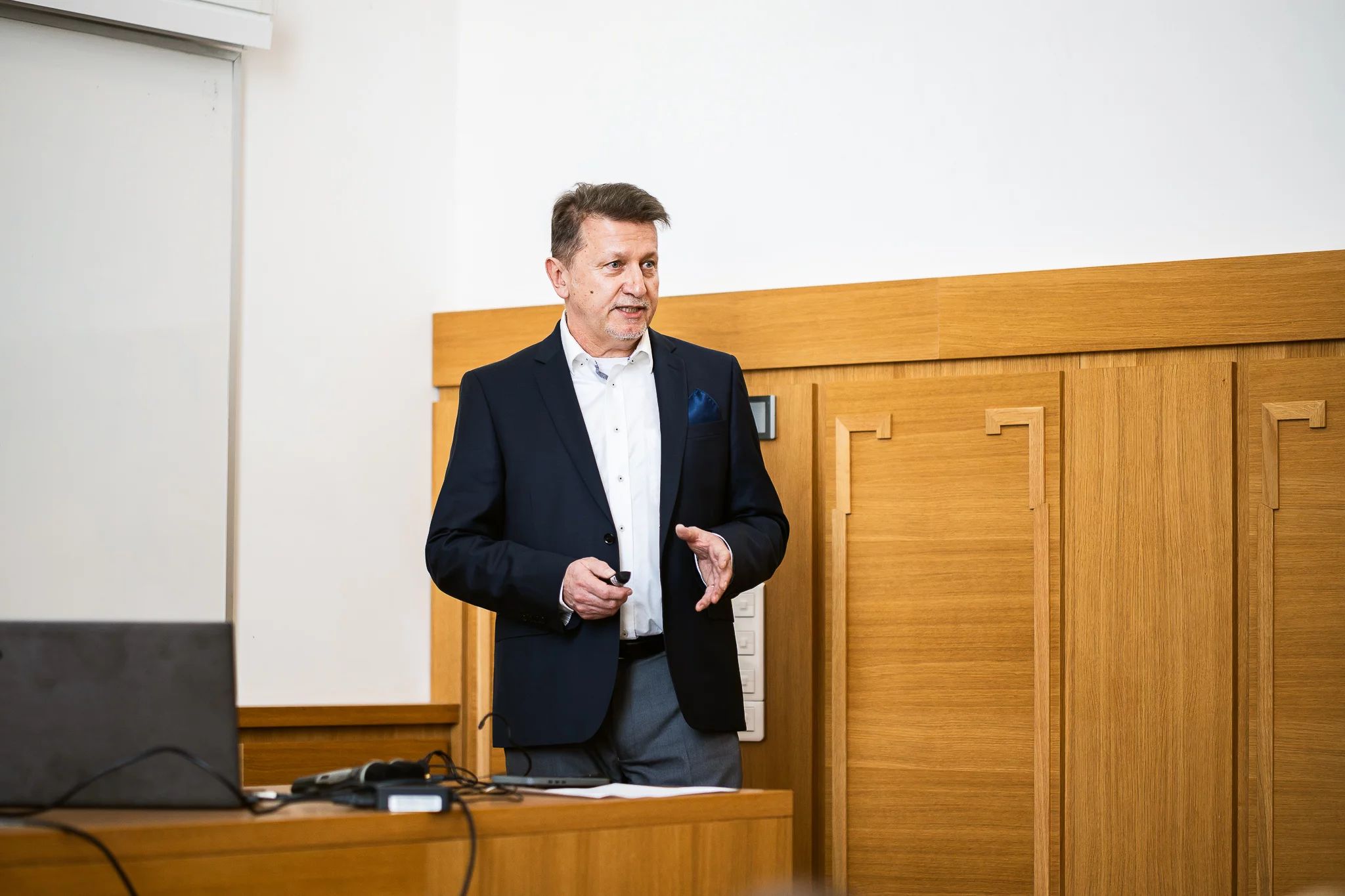
An implementation team at the Riocath Research Institute, a member of Riocath Group, in collaboration with the Development Center of the Institute of Organic Chemistry and Biochemistry of the Czech Academy of Sciences (IOCB Prague), has developed a unique sample collection set with a wide range of uses in diagnosing COVID-19 and other infections of the respiratory tract.
The design of the RIOCATH® (Reversal Inside-Out CATHeterisation) set enables self-collection of samples or collection by a nonprofessional in a group, significantly reduces the risk of sample contamination, and minimizes subsequent manipulation of samples during processing. This means it also reduces the risk of infection to healthcare and laboratory workers. Clinical trials of the medical device for use in vitro will be carried out in such a way as to allow its deployment in managing the imminent second wave of the COVID-19 pandemic.
“As a company, Riocath has an indisputable advantage because, together with IOCB Prague, we hold a patent for a double-walled eversible tube based on which we were able to quickly develop a globally unique sample self-collection set for determining the presence of coronavirus,” says Dr. Miroslav Svoboda, president of the board of Riocath Global.
The collaboration between the combined team at Riocath and the IOCB Development Center, which the company has worked with for six years now, has been carefully followed by IOCB director Dr. Zdeněk Hostomský: “Dr. Svoboda came up with the idea of a unique solution for a set that would make it possible to collect swab samples from the mucous membrane at the back of the throat. Allegedly because he’d heard that our institute was working with leading virologists on the development of a reagent set for laboratory diagnosis of COVID-19, which would soon be offered to Czech manufacturers. The aim was to rid the country of its dependence on imports of these substances at a time when every country was primarily looking to cover its own needs."
The idea of a swab set for self-collection was first discussed with leading virologists on the crisis team, and their wishes and observations on practical use were then taken as the basis of the whole solution. Most important for the project was the acknowledgement that if the endeavor was a success, it would be a truly great help in the fight against COVID-19 and other similar pandemics, which biochemist Dr. Jan Konvalinka, vice-rector for research and science at Charles University, confirms: “A swab set for self-collection could be a very important tool in controlling the new coronavirus as well as other similar epidemics. It would reduce the risk of infection among healthcare workers and enable blanket sampling in extensive administrative areas, entire cities, and even in regions. It would represent a real breakthrough in the management not only of precisely targeted but also large-scale surveillance testing to track the behavior of viral infection.”




In addition to swab sets, other products have been successfully developed that may prove useful in the fight against the epidemic. The second product to emerge from the Riocath and IOCB initiative is an item of personal protective equipment. The two-shelled DOUBLESHIELD is made of thin vacuum-formed film and is intended for single use to keep the face from being directly hit with virally infected droplets. The shield reduces the risk of spreading infection not only by fulfilling its basic function but also by preventing unwanted contact with any of its contaminated surfaces after use. In the end, the real cost associated with employing this single-use method of protection against infection is comparable with, if not lower than, the cost of a single use cycle with a shield for repeat use.
“Our shield protects the entire face and the earlobes. Because it’s made of two transparent shells that fit into one another with a small layer of air between them, the shield doesn’t fog up. It also fulfills a thermal insulating function and will be relatively inexpensive, which lets us employ it as a single-use aid just as we would a single-use syringe or needle, for example. Handling a used shield while trying to disinfect it does, in fact, create another infection risk,” says Milan Hovorka, executive director of the company Uniplast, which also contributed to the development of the prototype and currently is working intensively on preparations for mass production.
The third product introduced by the joint team is a highly efficient respirator from the workshop of the IOCB Development Center, for which Riocath offers the use of an innovative filter containing a combination of two coacting layers made of nonwoven fabric, a filtration layer made of nanofiber, and a protective prefiltration layer comprising activated carbon. “We took advantage of an offer from the company FANUC Česká republika to use, free of charge, a modern digital injection press under the condition that the machine would be used to solve one of the problems resulting directly from the coronavirus pandemic,” explains Ondřej Pačes, head of the IOCB Development Center. “We simply seized the opportunity when it arose, and because the work progressed quickly, it didn’t even seem odd to us that an interesting material for the filtration component appeared. We hope that precisely this layer of carbon microfilaments with its immense sorption capacity significantly extends the lifespan of the nanofiber filtration layer.”






